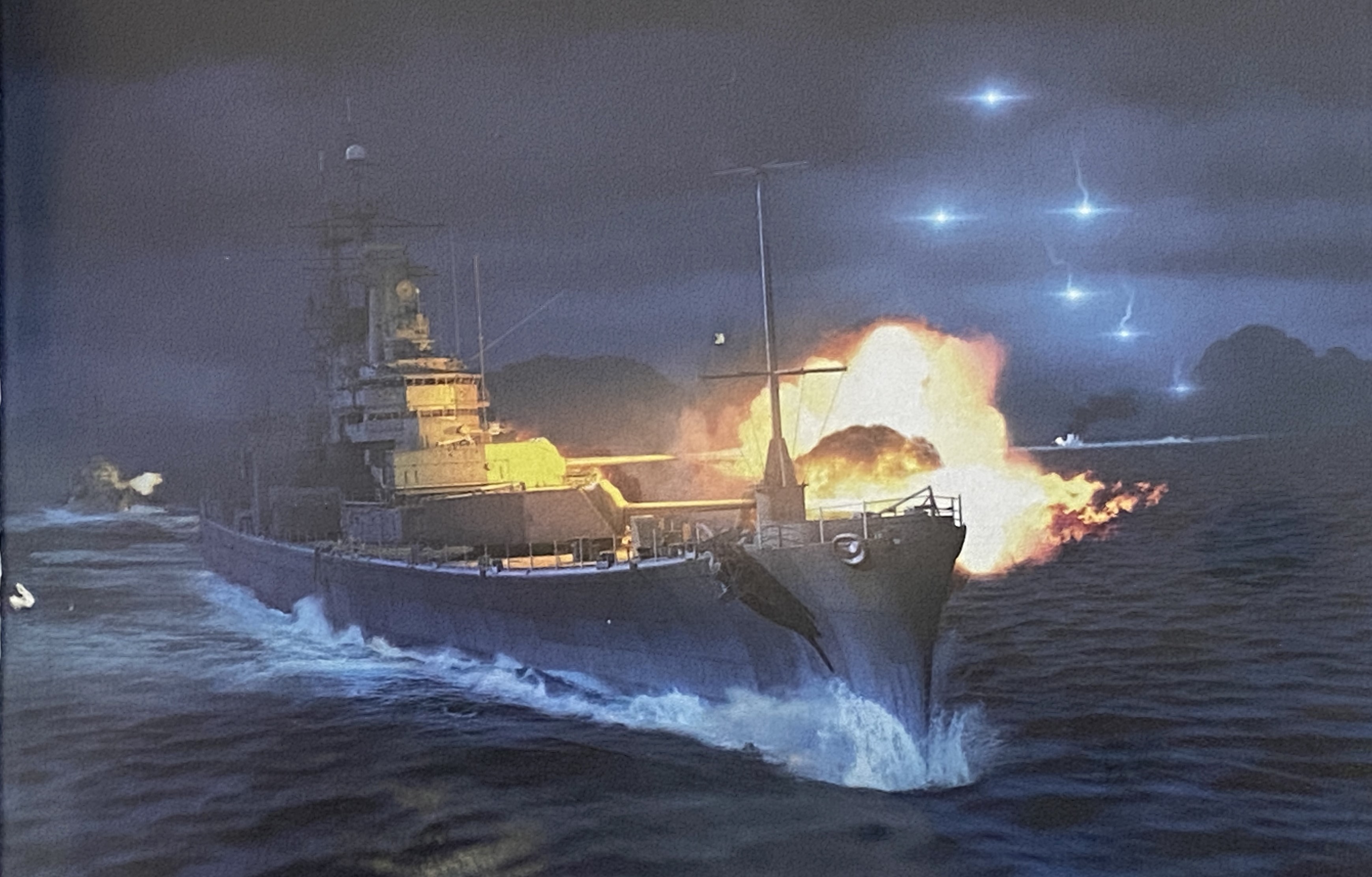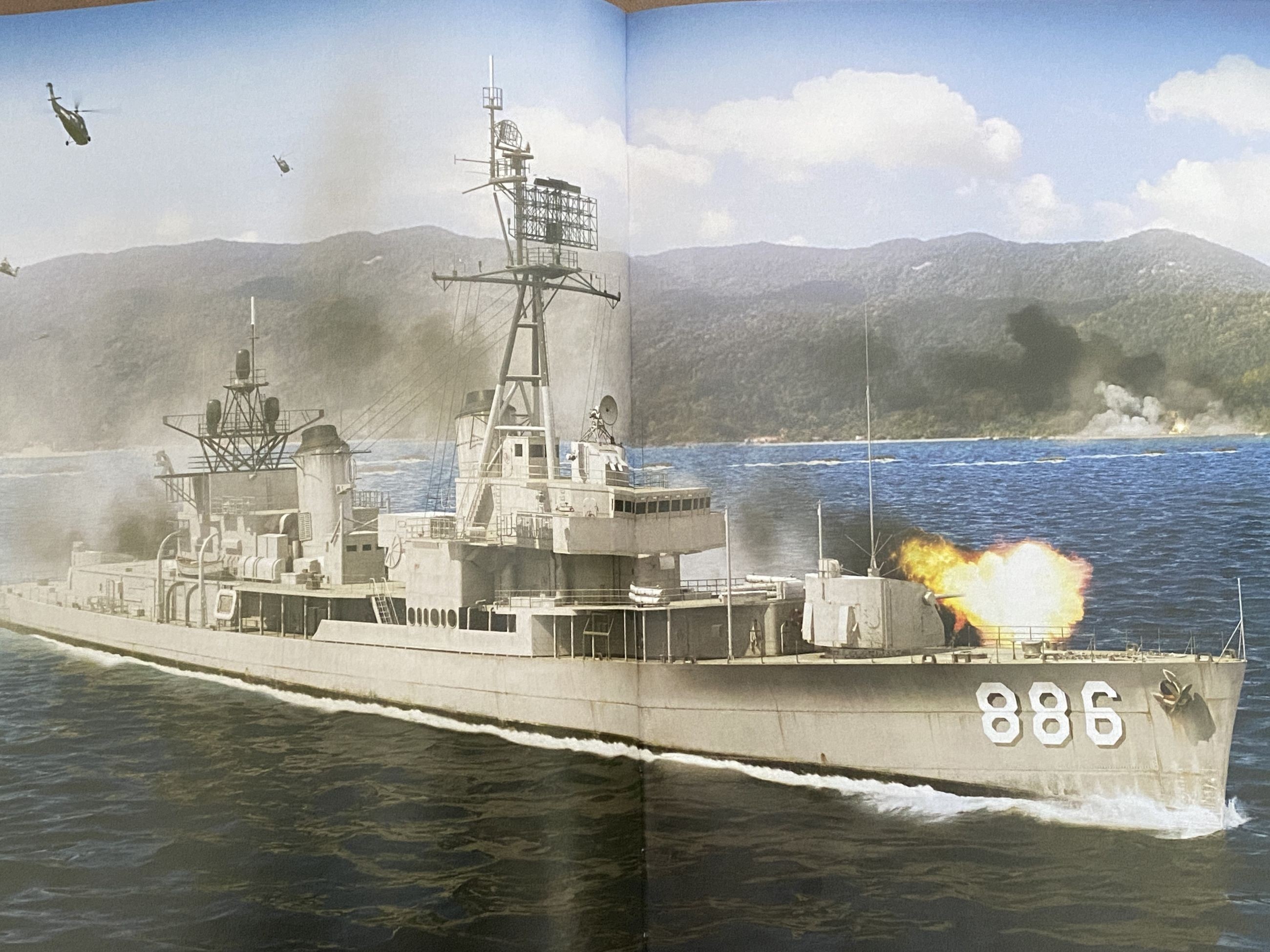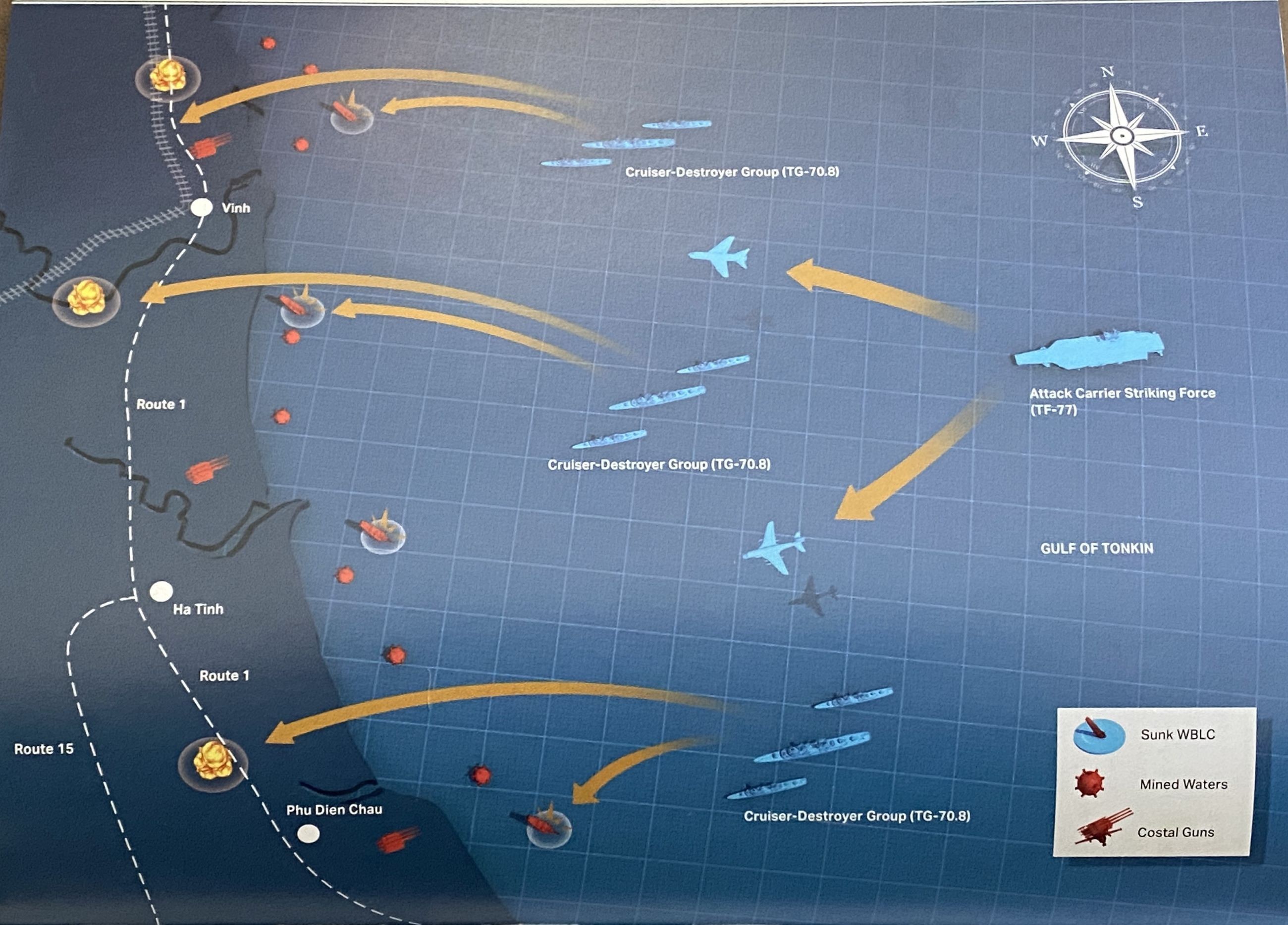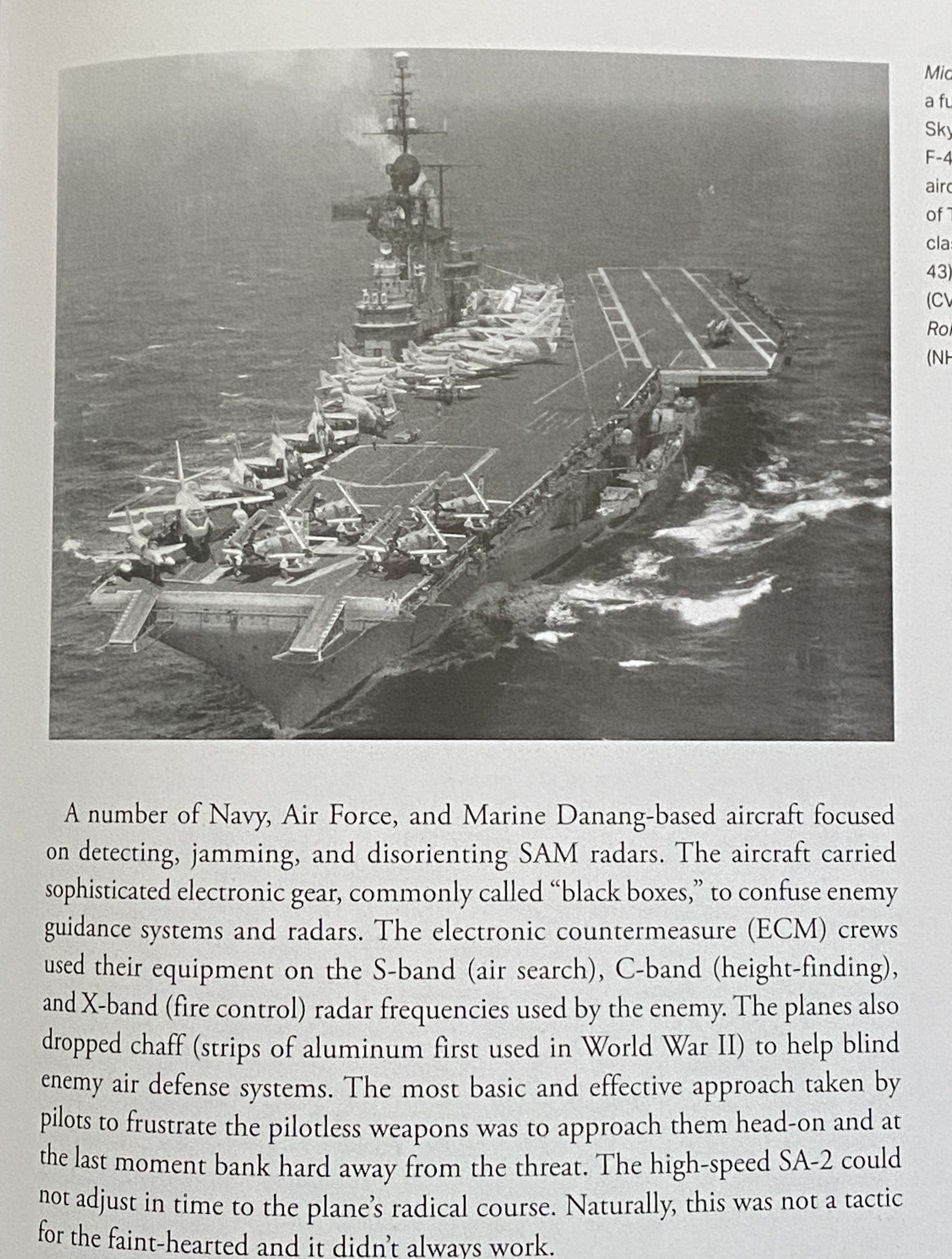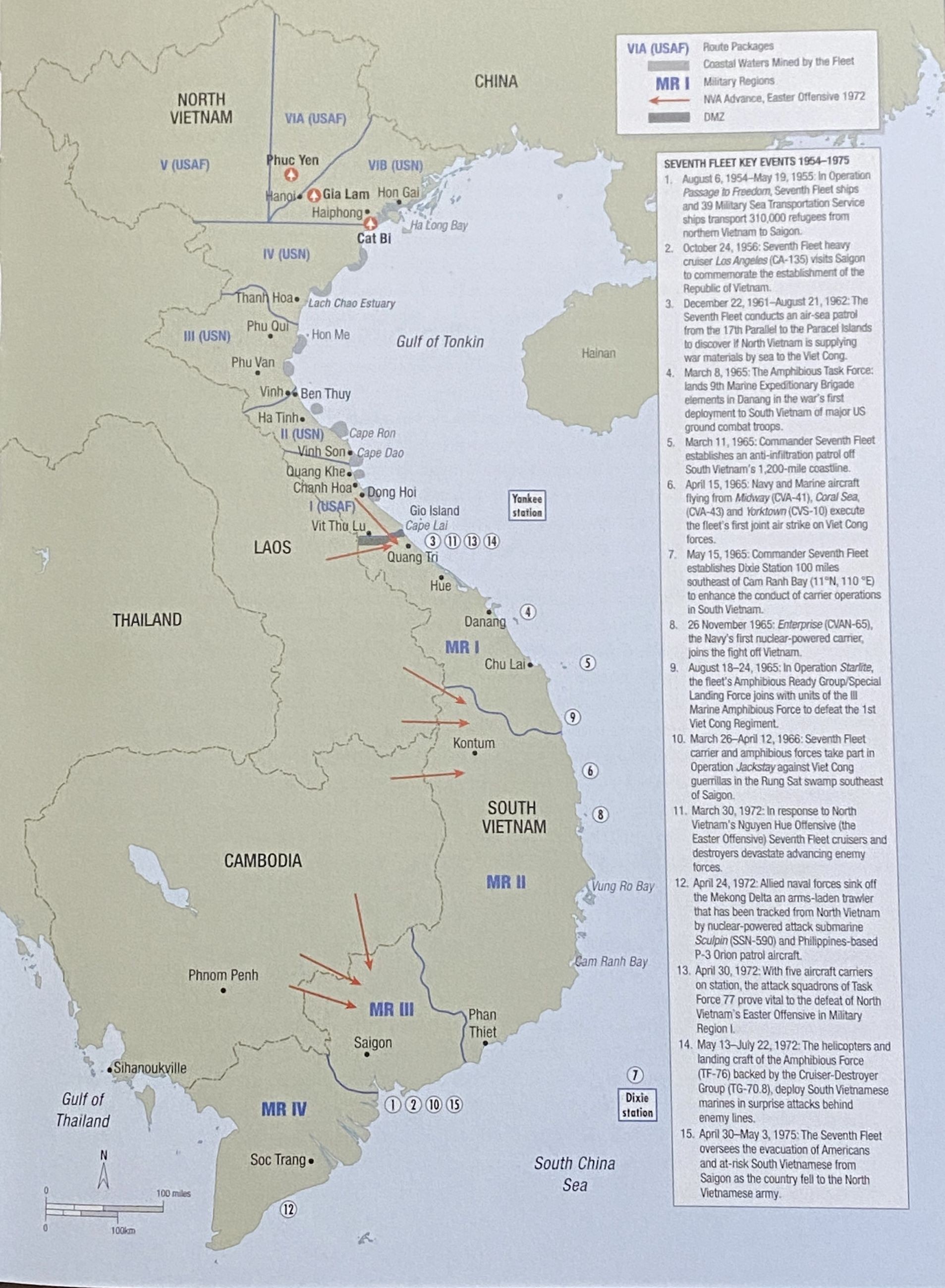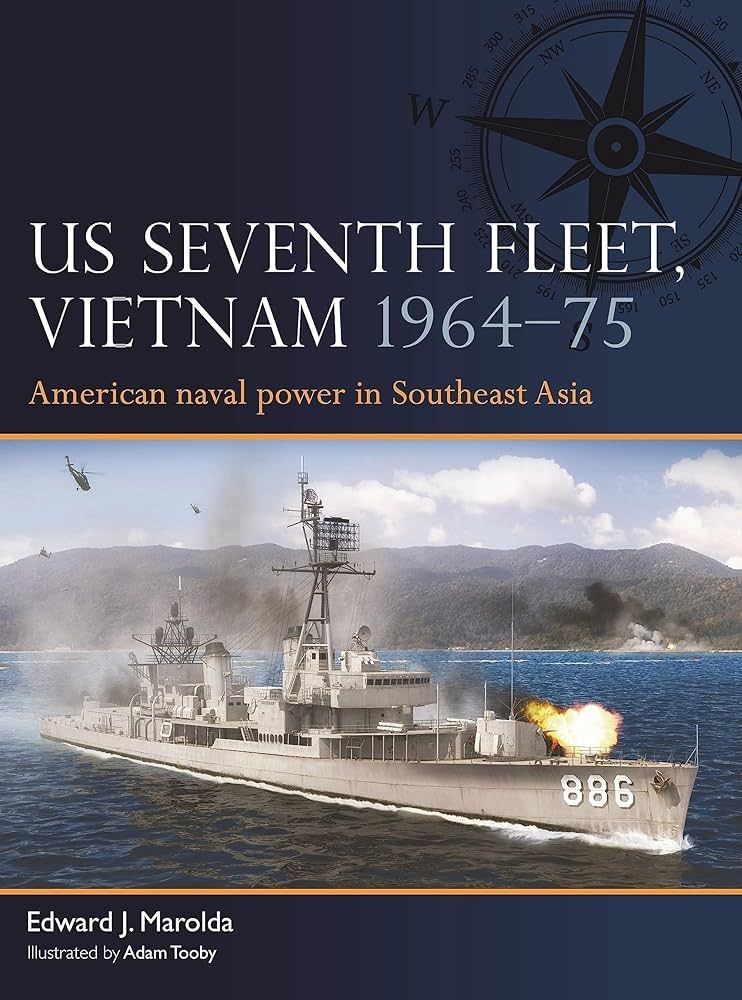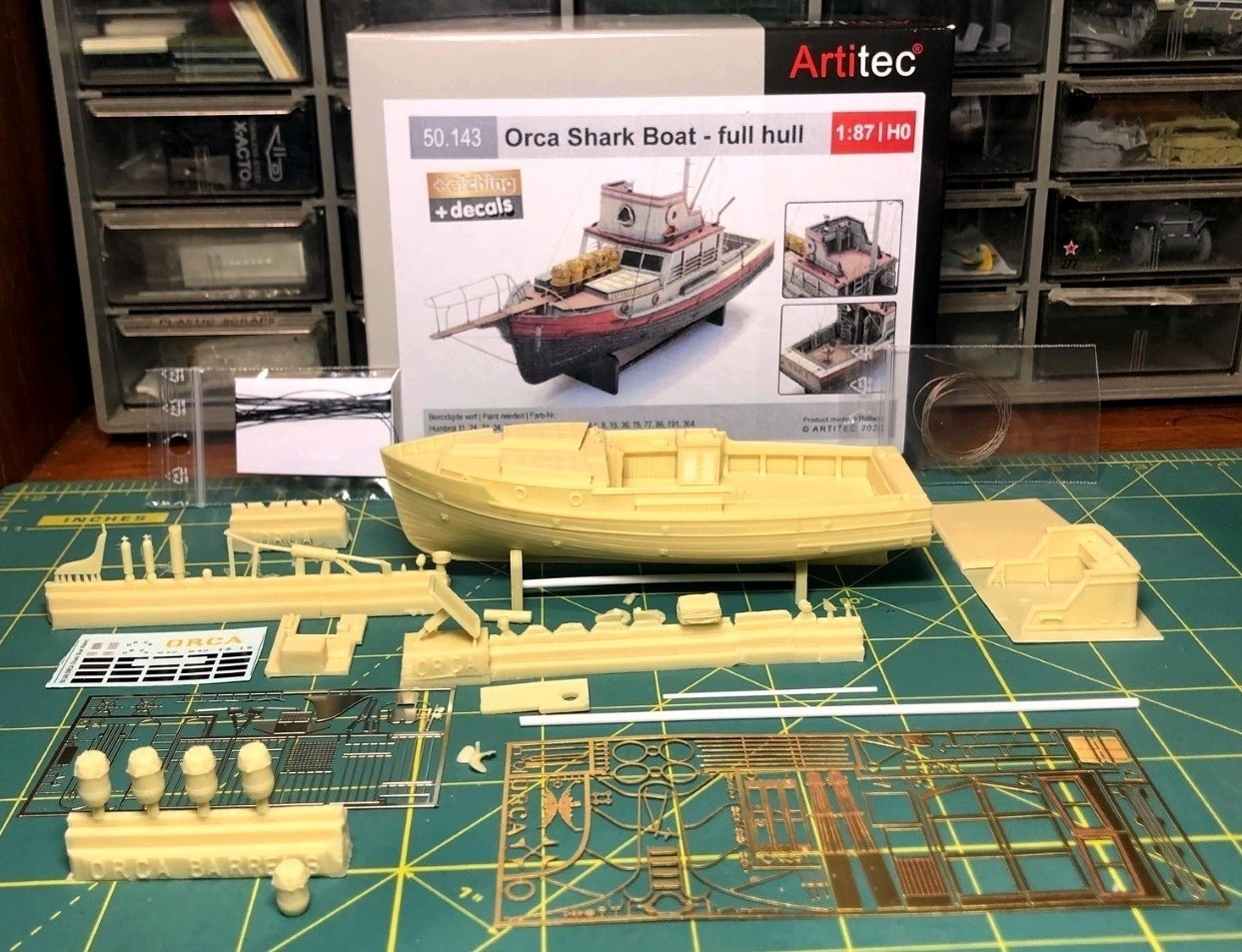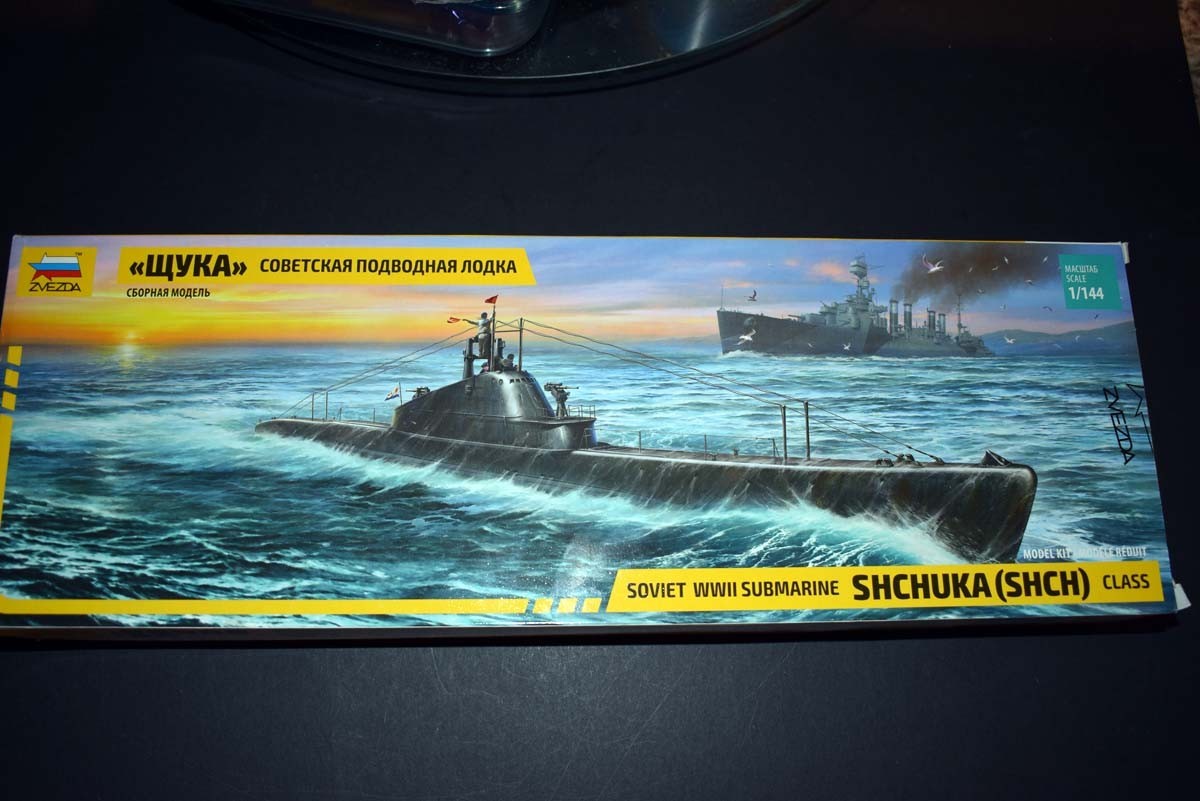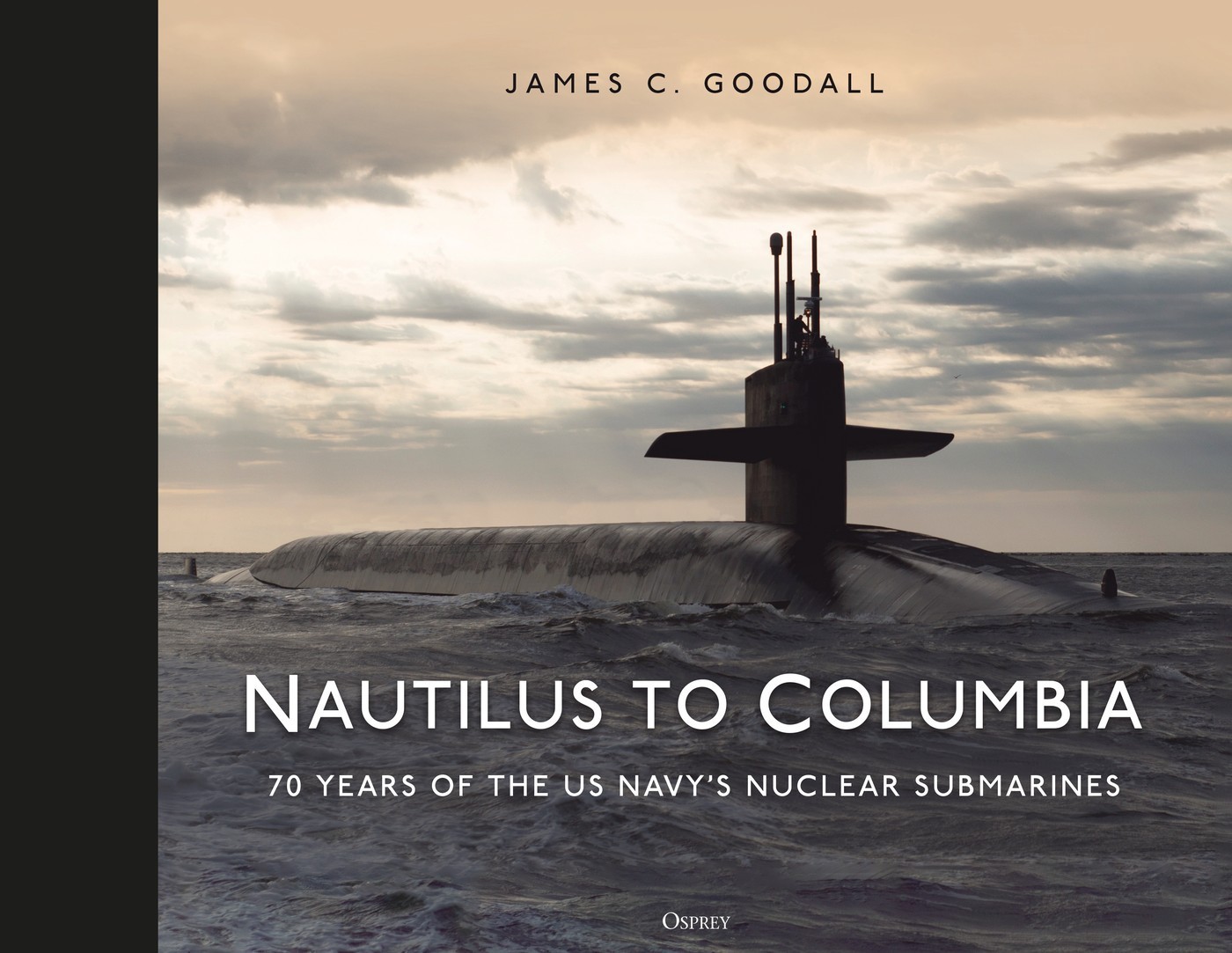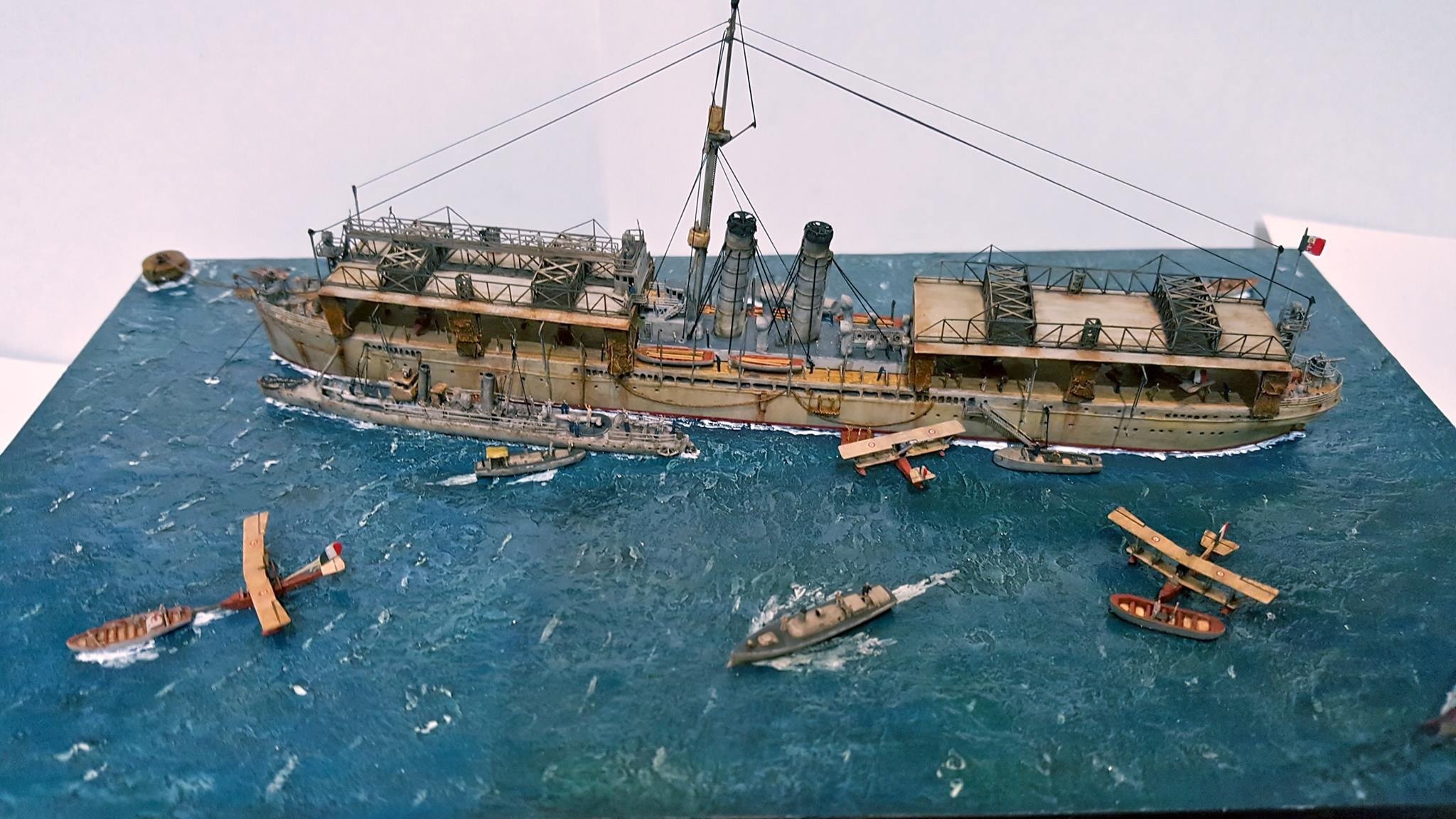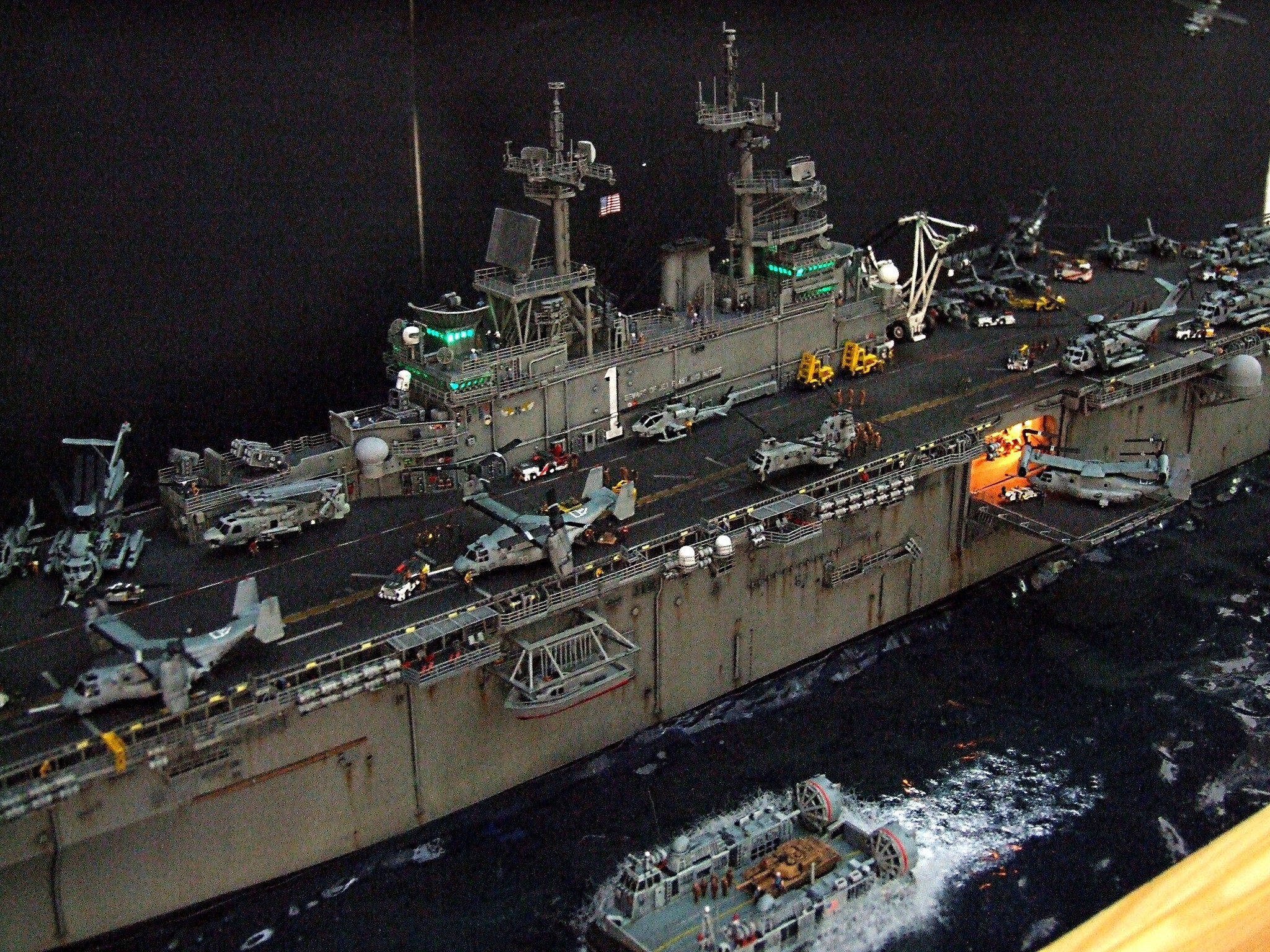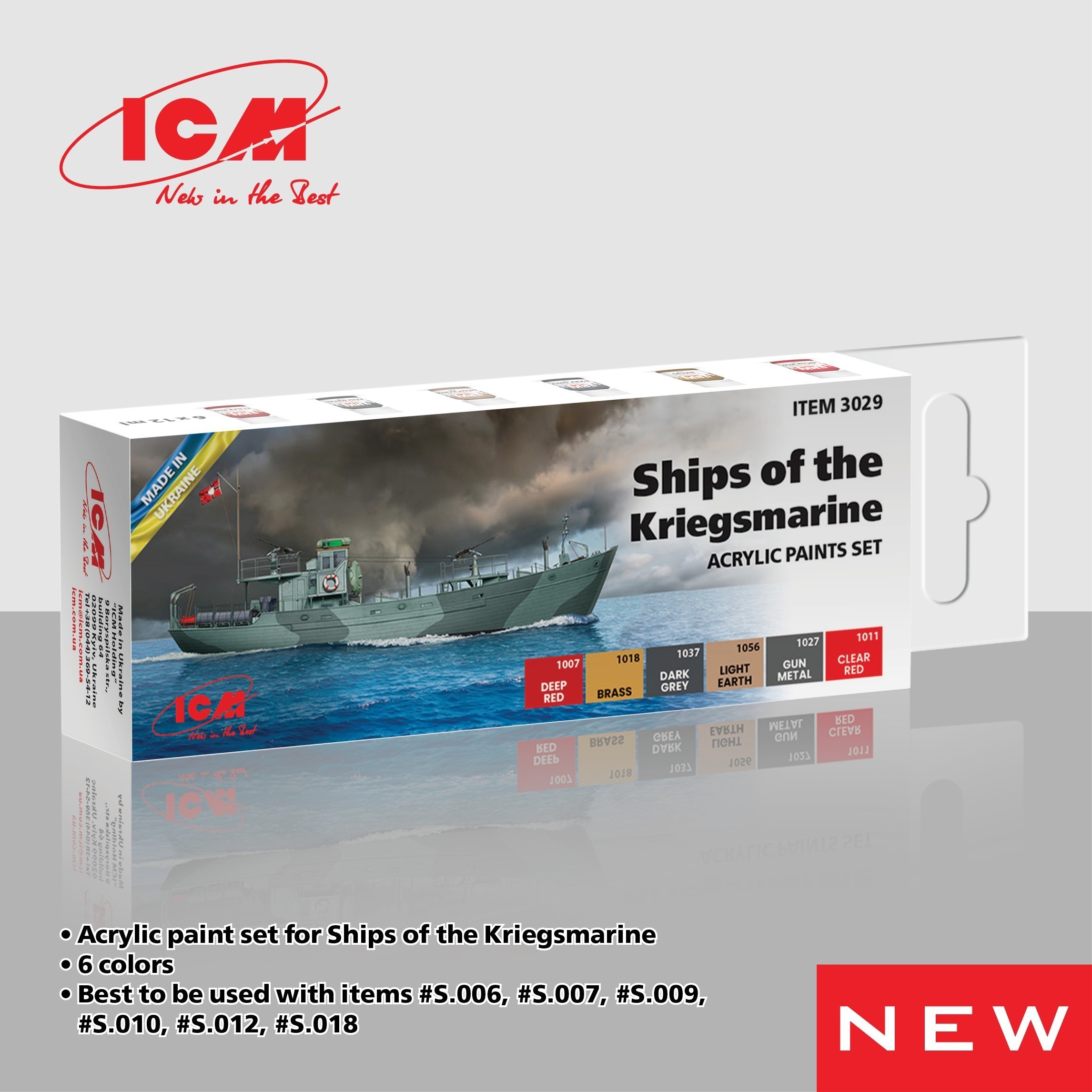Introduction
The US Navy's Seventh Fleet was first formed in World War Two to handle the naval assets allocated to General Douglas MacArthur's push up through the Philippines. After the war, it sailed on through Korea and then became a major part of America's ramp-up in Vietnam during the early 1960s.
In fact, it can be argued the Seventh Fleet caused the United States to commit ground troops, aircraft and naval assets in enormous numbers to the war.
The US government was concerned by 1963 when a coup removed the Republic of South Vietnam's president, Ngô Đình Diệm, that the government lacked the will and strength to fight off the insurgency being directed and supplied by North Vietnam. President Lyndon Johnson decided to increase US involvement, at first covertly, then gradually ramping up the men and matériel directed against the North. Part of that effort was to provide boats, arms and intelligence (as well as destroyer escort) for hit & run attacks on North Vietnam's coastline. The US didn't believe the North Vietnamese had the means, or more importantly, the will to fight back against a superpower. But on the afternoon of August 2, 1964, three Soviet-built torpedo boats attacked the USS Maddox (DD-731) in the Gulf of Tonkin with torpedoes and small-caliber guns. No real damage was done to the Maddox (the torpedoes all missed), but several American F-8 Crusaders shot up the North Vietnamese boats, though not badly enough they didn't all escape.
Rather than take this as a warning the North Vietnamese might be willing to fight, Washington ordered these "in your face" actions to continue. Two nights later, the Maddox and USS Turner Joy (DD-951) believed they had been attacked again. Even at the time, it was considered less than 50% that any shooting had actually happened, but analysts knew President Lyndon Johnson was itching for a fight, and signed off on a conclusion the two ships might, actually, perhaps, maybe have been somehow shot at. Subsequent history shows no attacks occurred, but Johnson sought a joint resolution from Congress the next day that authorized direct American intervention without a formal declaration of war (the Gulf of Tonkin Resolution). With that, the United States began a tragedy that resulted in over 58,000 American dead and millions of Vietnamese on both sides.
For the next eleven years, the Seventh Fleet was one of the major components of America's intervention: its carrier aircraft flew Close Air Support, attempted to shut down supplies to the insurgents being moved along the Ho Chi Minh Trails, and conducted strategic bombing of the North. Additionally they helped rescue downed aircrew. Its surface ships shelled land targets and interdicted seaborne supplies headed for the Viet Cong in South Vietnam. Finally, when the Republic of Vietnam collapsed abruptly in May, 1975, the Seventh Fleet helped with the evacuation of Americans and Vietnamese supporters of the war effort in a drama played out on TV and in poignant photographs.
Edward J. Marolda, Senior Historian of the US Navy, has written a short history of the Seventh Fleet's participation in the Vietnam War for Osprey Publishing's "Fleet" series. Whether you are an armchair sea buff or a modeler of ships or aircraft, this book provides an excellent overview of the action. Adam Tooby enhances the book with some gorgeous illustrations.
Contents
The 80-page book is larded with color & b/w photos, charts and maps, and color plates recreating action scenes. It's divided into four sections, plus a bibliography of "further reading" and an index. The sections are:
The Fleet's Purpose (its initial mission, as well as the ongoing Rolling Thunder bombing campaign against North Vietnam)
Fleeting Fighting Power (what parts made up the Seventh Fleet)
How the Fleet Operated (Command & Control, Intelligence and Logistics) and finally
Combat and Aftermath (what actually happened, something I would have liked to see more of)
The Review
One of the book's strengths is its brevity: most of us want a digestible overview of the history, not an in-depth account of the events and politics. Unfortunately, Marolda quickly becomes lost in a quagmire of his own making by spending far too much time on who commanded what, when and where. Additionally, he gets ensnared by the "blame game" about who "lost" the Vietnam War: Washington? The US military? Surely not the Navy!
If you can overlook this Monday-morning quarterbacking, the book recounts the operations of the Seventh Fleet, which pretty much covers almost all aspects of the struggle against North Vietnam; the Navy did work to interdict seaborne supply and infiltration efforts in the South and Mekong Delta mouth at the South China Sea. This includes famous bombing campaigns like Rolling Thunder and Linebacker I & II, but also Pocket Money (the mining of Haiphong Harbor), and "trolling" missions to sucker the PAVN into attacking American planes that ultimately led to the firing of Seventh Air Force commander General John D. Lavelle.
Marolda seemingly wants to have his (or the Navy's) cake and eat it, too. While confessing that the campaigns like Rolling Thunder to interdict the Ho Chi Minh Trail or knock North Vietnam out of the war were failures, he insists the Navy learned "valuable lessons" about how to fight better. Be that as it may, the legacy of Vietnam remains troubled by a military that was slow to learn anything, and held on too long to ways of doing things that did not result in the ends promised. The Seventh Fleet was a magnificent array of American naval power at the height of the Cold War, and yet it could not bring about the victory demanded by America's leaders (and ultimately) its citizens.
A serious shortcoming with the volume is the boring use of photographs. The Seventh Fleet and its air arm saw some of the most-intense combat since World War Two, and experienced three huge ordnance catastrophes, largely due to human error and in one case, criminal negligence when defective WW2-era iron bombs were deliberately used on board the USS Forrestal. The author of course mentions the accidents, but includes none of the riveting photos, instead focusing on the "lessons learned" from the three accidents. Some of this is remedied by the terrific action illustrations by Adam Tooby, but this book will poorly serve as a visual resource for modelers.
Conclusion
There's much good to say about this book, but it is diminished by a slavish obeisance to US Navy protocol and command structures. In keeping with his distinguished career as the Senior Historian of the Navy, author Marolda goes into loving, some would say excessive detail about who commanded what, where, and the constantly-shifting chain of command. It might have been more-interesting to a reader of a general-interest volume on the Seventh Fleet to specify there were the usual inter-service rivalries and competition, rather than spelling them out.
There is also an undercurrent of "the military knew best and the civilians mucked things up." Global strategy during the war was complicated by competing superpowers who also just happened to have nuclear weapons. The world was only two years past the Cuban Missile Crisis when many in the Joint Chiefs of Staff were pressing President Kennedy to invade the island. And we should never forget that General Westmoreland, overall commander of ground forces in Vietnam, proclaimed there was "light at the end of the tunnel" right before the bloody, protracted Tet Offensive. Whatever mistakes were made, they were collective mistakes, born of the blindness that hampered a military filled with its own self-importance, and unable to believe a "third-rate power" could humble it on the battlefield.
Yet despite these shortcomings, the book makes for an excellent overview of the Navy's actions during the US ground involvement in Vietnam and its humiliating exit in 1975 during the fall of the Republic of South Vietnam. As much as any segment of the American struggle in that country, the Seventh Fleet was everywhere all at once. Modelers looking to portray Navy and USMC subjects in the air, for example, have to take into account the massive bombing and support campaigns by the Seventh. Ship builders have a large array of vessels that participated, from carriers all the way down to DDs and even obscure communication and support ships (even the USS Grayback submarine played its part). While treadheads might have little interest in a book about the Navy, ships from the Seventh bombed, fired on, rescued and otherwise vectored ground support aircraft to encounters ashore that might have ended very differently without their help.
Thanks to Osprey Publishing for providing this review copy. Please be sure to mention you saw it reviewed on Kitmaker Network when purchasing your own copy.
